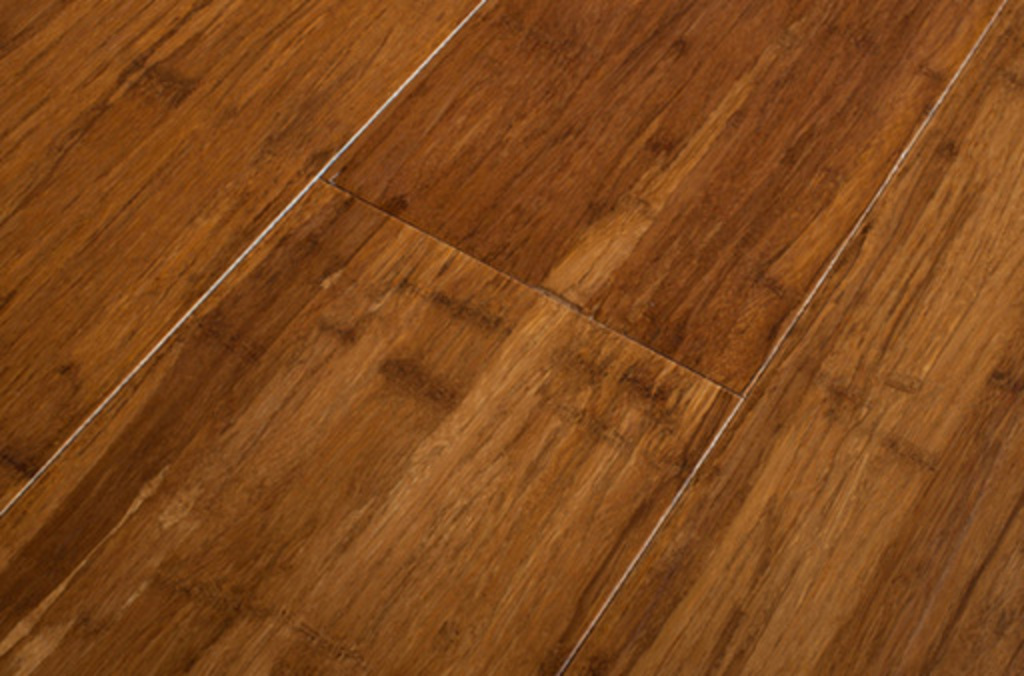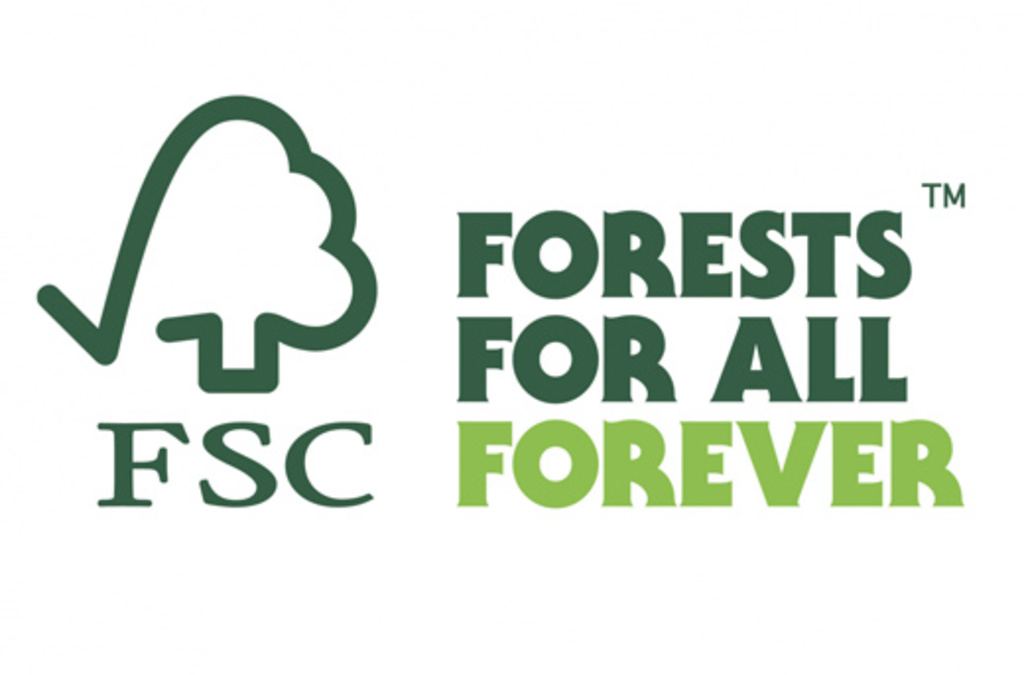Picking an Eco-friendly Flooring is a Smart Choice
Wood is the most popular type of flooring today and for a good reason. Humanity has tried to substitute it with many products, some of which even better in certain areas or for certain purposes, but nothing can really compare to real, natural timber. Even if we could create a flooring type capable of outshining it in every possible way, we probably wouldn’t be able to move away from wood as a flooring material. Why is that, you ask?
Well, before anything else, timber is something natural. It takes years and decades for a tree to grow, to fully mature, to become even suitable for harvesting. It is a living, breathing thing and this alone makes it valuable. Consciously or not, people have been trying to move back towards nature, as we seem to have forgotten about it.
The popular trend today is to go for environmentally-friendly floors in the hope it will limit our own negative impact. People are genuinely beginning to care about their imprints, not because of some fashion movement but because they have become aware of the importance of preserving Mother Earth.
At the same time, people value wood in so many areas that we simply cannot go on without it. What do we do? As far as flooring is concerned, there are many ways to ensure that if we did not truly help to preserve the environment then, at least, we did not contribute to its devastation.
Kahrs, Boen and Quick-Step Being Green All the Way
Scandinavians have a very strong presence in the flooring business. It is like each of them tries to outdo the other not only in terms of quality but also when it comes to preserving nature. Kahrs is a Swedish company created in 1857 and it is known for producing the first modern engineered wooden floor in the distant 1941. Since then the company has gone to great lengths to ensure maximum efficiency and eco-friendliness in the manufacturing of their products. Kahrs’ headquarters in Nybro is proof of this.
Engineered floors consist of multiple layers and unlike solid hardwood, you can utilise many different pieces of wood in order to make a quality product. Kahrs puts every part of the log to use and almost nothing goes to waste. The manufacturing process is so perfect that even the unusable parts become biofuel and provide energy for a local energy company. No less than 45,000 Swedish citizens benefit from this.
What is more, Kahrs are also part of the FloorScore® - a system for certifying low VOC emissions of resilient and hardwood flooring systems and LEED, Leadership in Energy & Environmental Design – a program which provides third-party verification of green buildings.
Boen is a Norwegian floor manufacturer. Beginning from two humble sawmills more than 350 years ago, the company has grown into an international player with significant influence. Like Kahrs, these guys focus mostly on engineered wood flooring but still provide solid hardwood products. They bear the Blue Angel label granted by the Department of the Environment in Germany. The label itself is a very prestigious award because, in order to receive it, the company must pass a very thorough examination beginning from the way the trees are being harvested, through resource management to the floor manufacturing process and the recycling in the end.
Boen also follows the regulation of the above-mentioned Forest Stewardship Council (FSC), the Rainforest Alliance and the BREEAM (Building Research Establishment Environmental Assessment Method) - the world’s longest established method of assessing, rating and certifying the sustainability of a building.
Quick Step flooring was created in Belgium by the Unilin company and is known as the first laminate flooring manufacturer coming up with its own brand. The trademark of Quick-Step is their patented Uniclic system which makes the already easy installation of laminate - even easier.
The Quick-Step floor manufacturing process is very efficient from start to finish. Thanks to the PEFC label (Programme for the Endorsement of Forest Certification) it is easy to prove that the wood is harvested from sustainable sources. The raw material is then milled and the energy accumulated during the process is stored for later use. The final product bears the CE mark certificate which guarantees It is safe for both the consumer and the environment.
Laminate flooring is made from chipboards and sawdust bonded with an adhesive under high heat and pressure. Instead of being thrown away and discarded, they instead find good use as a cheap flooring material. This way, there is no need to cut more trees, to get more material and produce more waste. Seems a pretty good idea, doesn’t it? If you use what you have cleverly, you can prevent a lot of suffering in the world, both in society and in the environment.
Reclaimed Wood Flooring
Once a tree is cut down, it is over. For better or worse, the material must be used or the tree has fallen for nothing. Here is where reclaimed flooring steps in. The material used for its creation is usually salvaged from an old building and is now used again for a modern project. However, for some, the very thought of having something which has been used somewhere else might not be very appealing.
Most seem to disagree, though, for a few very practical reasons. Reclaimed wood is several times stronger than any comparable present-day hardwood alternative, more durable, resistant to elements and overall – stronger! The resale value of a property with such a floor is substantially increased because it adds character and history to the place. The most important thing, however, is the fact that this is the most eco-responsible way to have hardwood in your home without hurting a twig! A dead tree is already gone, so why not make optimal use of it? The only downside is that for all the good it brings reclaimed wood is not cheap to come by.
Bamboo
 The good part about bamboo is that despite being labelled as “hardwood” by some it is, in fact, a type of grass. Very fast-growing and highly sustainable, it only needs a few years to become suitable for harvesting, unlike timber. Some people have been burned before from cheap bamboo flooring with bad quality nearly a decade ago, but the industry has moved a lot since then. Today, a strand-woven bamboo flooring is several times harder than most “real’’ wood species. According to the Janka test this particular bamboo flooring has exactly 3000 lbf hardiness rating while a white oak, for example, will only have 1,360 lbf.
The good part about bamboo is that despite being labelled as “hardwood” by some it is, in fact, a type of grass. Very fast-growing and highly sustainable, it only needs a few years to become suitable for harvesting, unlike timber. Some people have been burned before from cheap bamboo flooring with bad quality nearly a decade ago, but the industry has moved a lot since then. Today, a strand-woven bamboo flooring is several times harder than most “real’’ wood species. According to the Janka test this particular bamboo flooring has exactly 3000 lbf hardiness rating while a white oak, for example, will only have 1,360 lbf.
However, bamboo is not as eco-friendly as it seems on first sight. Yes, it is a grass and it grows fast which means it is a sustainable source of flooring material. What is more, having a bamboo means no trees has suffered. And here lies the problem – bamboo comes from China. Trees there can be cut in order to clear space to grow more bamboo. It is all about business in the end, isn’t it?
Additionally, the process of turning the bamboo into a suitable flooring material usually involves a chemical called formaldehyde. Formaldehyde is poisonous and can be found in most solvent-based finishes but is now banned in Europe. What does it do, exactly? Well, it is said to cause eye, throat and nose irritations, fatigue, skin rashes, allergic reactions and asthma attacks. It is also said it can potentially lead to cancer...
Let us clarify, we don’t think that all bamboo is bad and have nothing against it. Some manufacturers may use alternatives methods to fortify their bamboo flooring but naturally, such products will cost more. Our advice is that if you go for bamboo, to look for well-known and respected brands.
What Is FSC?
 Forest Stewardship Council (FSC) is a non-profit organisation dedicated to responsible forest management. How is this done? By setting certain standards on all forest products, flooring included, and labelling those who deserve the title as eco-friendly. FSC addresses the issues of deforestation and illegal logging.
Forest Stewardship Council (FSC) is a non-profit organisation dedicated to responsible forest management. How is this done? By setting certain standards on all forest products, flooring included, and labelling those who deserve the title as eco-friendly. FSC addresses the issues of deforestation and illegal logging.
The idea is that timber can be tracked. If it comes from a dependable, well-managed source, the product will be accredited as such. By purchasing timber approved by FSC, you can be sure you are getting wood grown in a controlled environment from a manufacturer who acts responsibly towards nature.
Let’s try to preserve Nature, be more cautious before trying to bring harm to it and maybe, just maybe one day we will live in a better world!